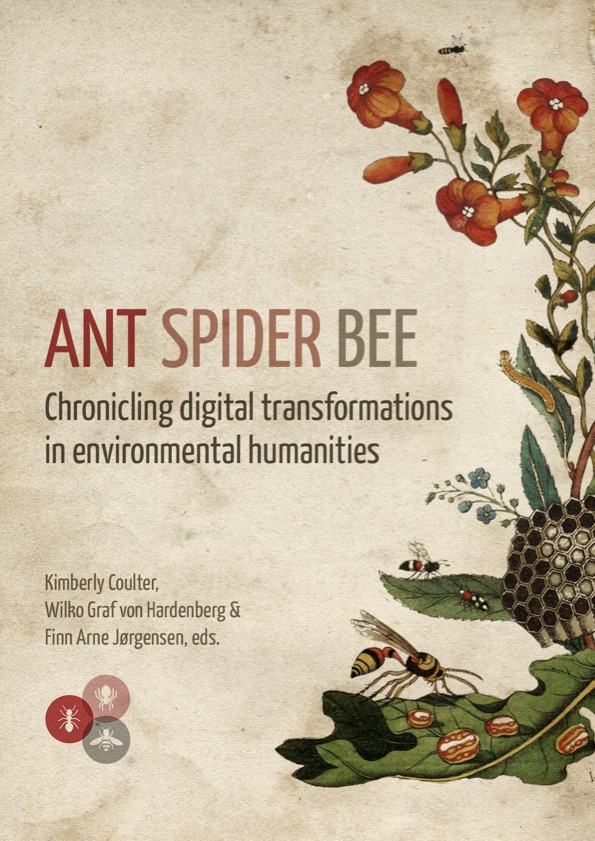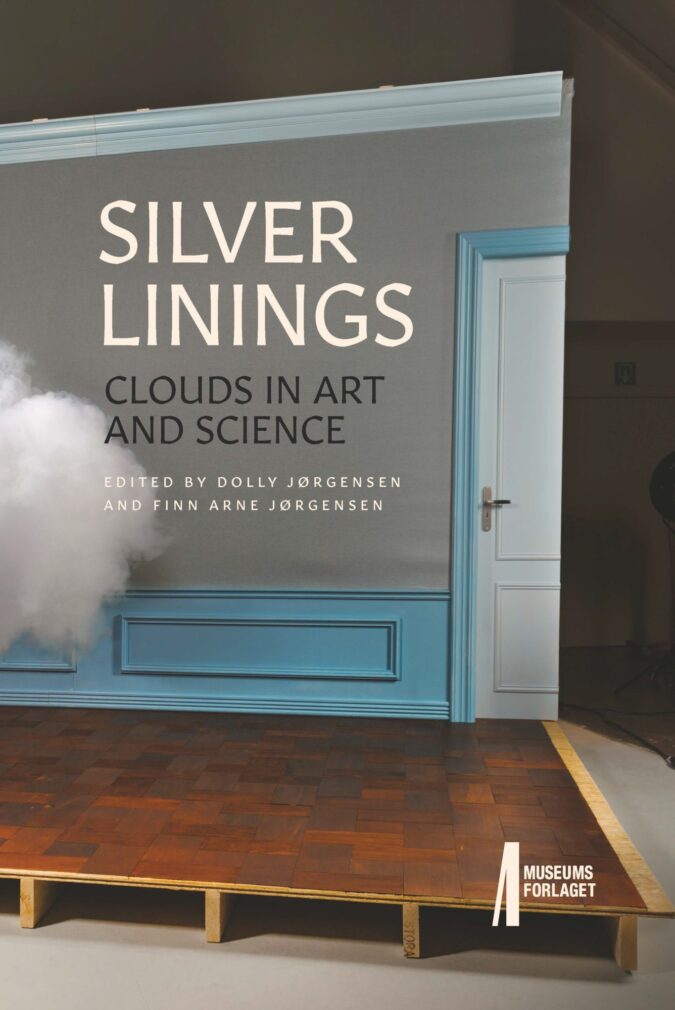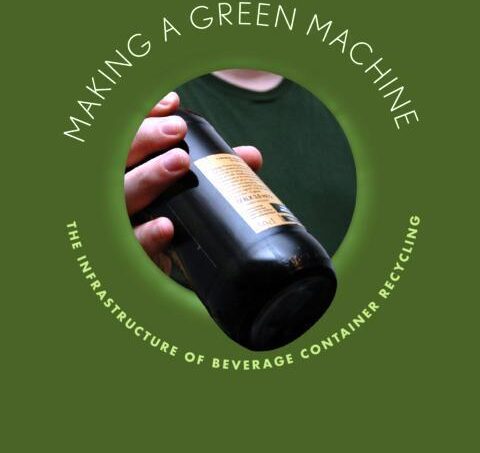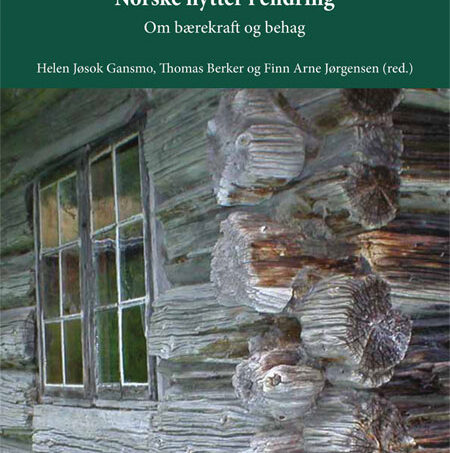Edited by Finn Arne Jørgensen and Dolly Jørgensen Coming October 2024. University of Pittsburgh Press. Book website. Human and animal lives intersect, whether through direct physical contact or by inhabiting the same space at a different time. Environmental humanities scholars have begun investigating these relationships through the emerging field of multispecies studies, building on decades of work in animal history, feminist studies, and Indigenous epistemologies. Contributors to this volume consider the entangled human-animal relationships of a complex multispecies world, where domesticated animals, wild animals, and people cross paths, creating hybrid naturecultures. Technology, they argue, structures how animals and humans share spaces. From clothing to cars to computers, technology acts as a mediator and connector of lives across time and space. It facilitates ways of looking at, measuring, moving, and killing, as well as controlling, containing, conserving, and cooperating with animals. Sharing Spaces challenges us to analyze how technology shapes human relationships with the nonhuman world, exploring nonhuman animals as kin, companions, food, transgressors, entertainment, and tools.
An edited volume exploring the role of technology in the intersecting lives of humans and animals. Published with University of Pittsburgh Press in October 2024.






